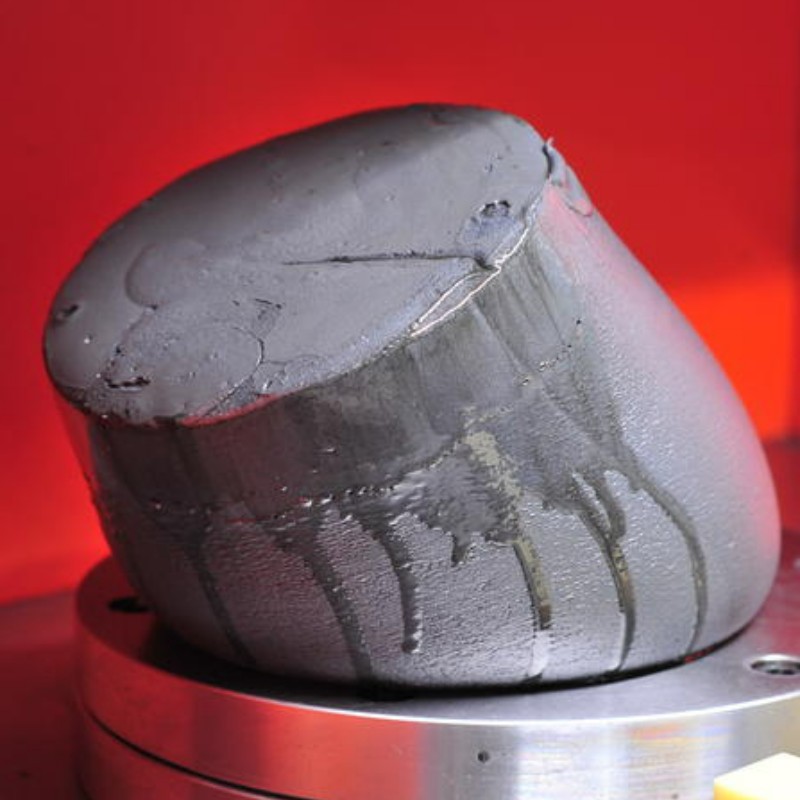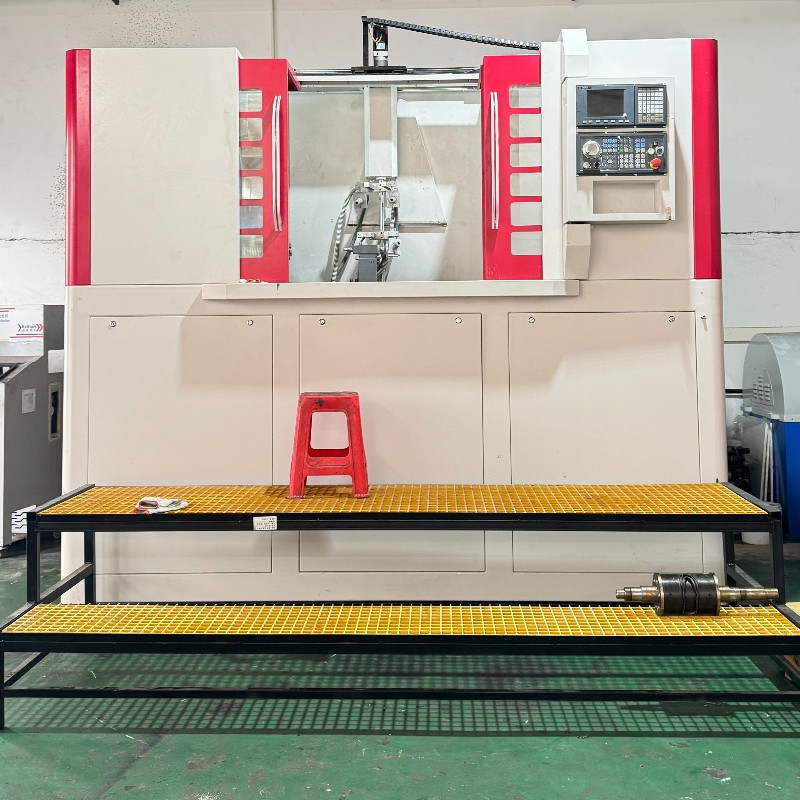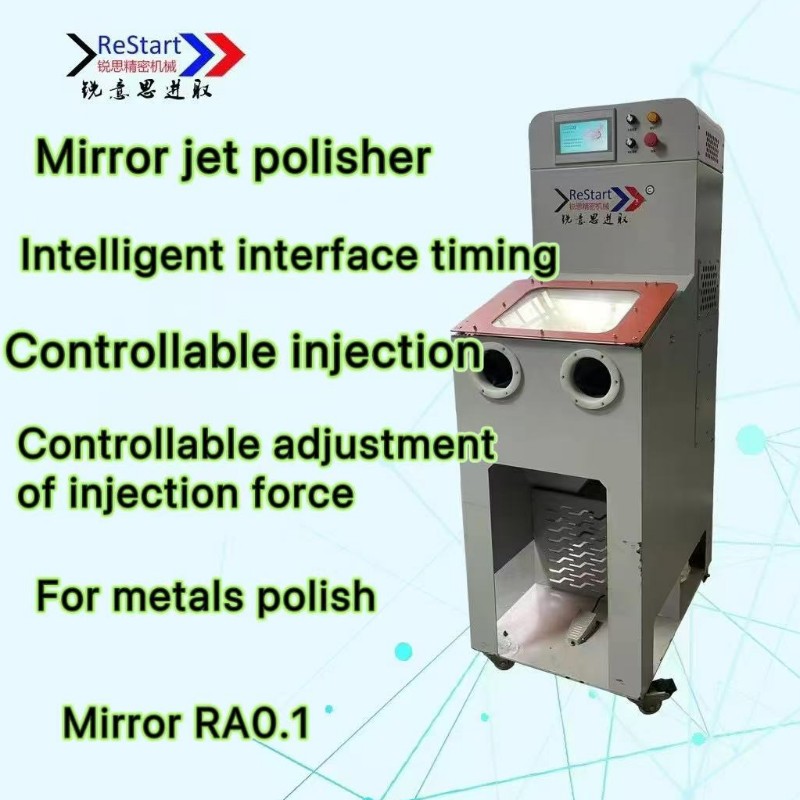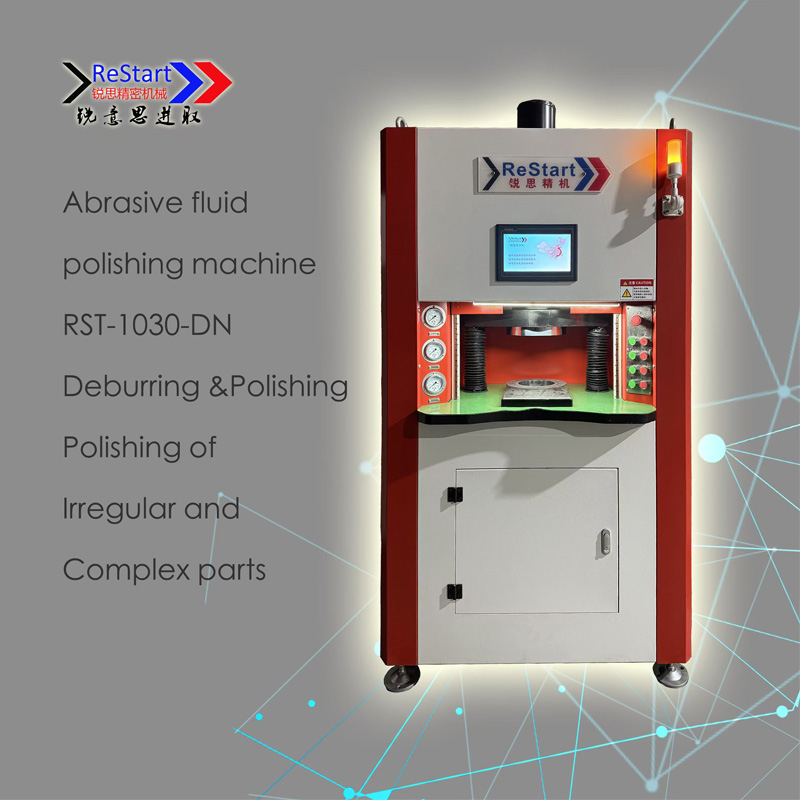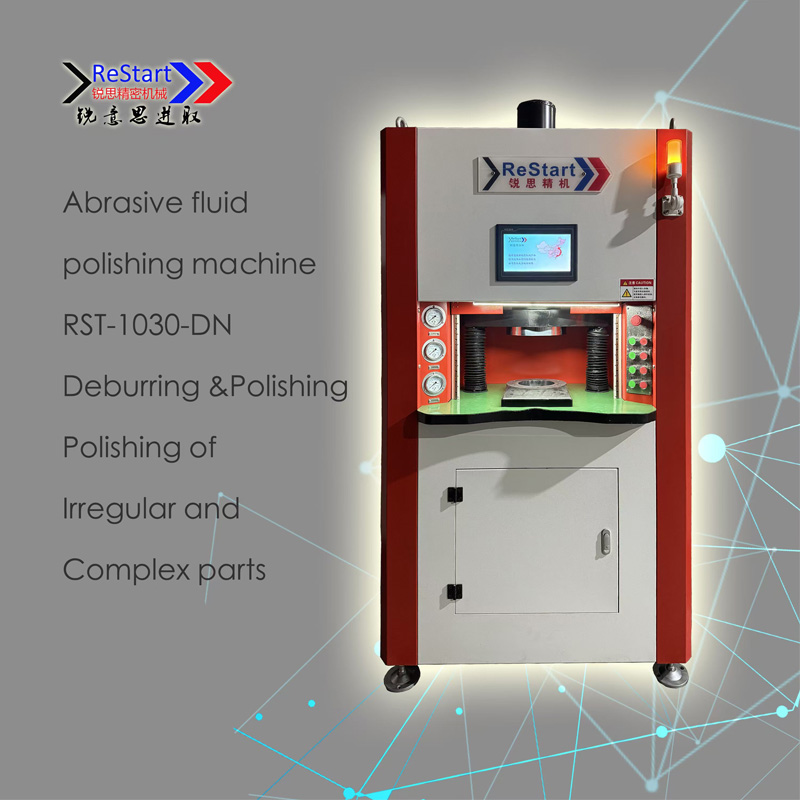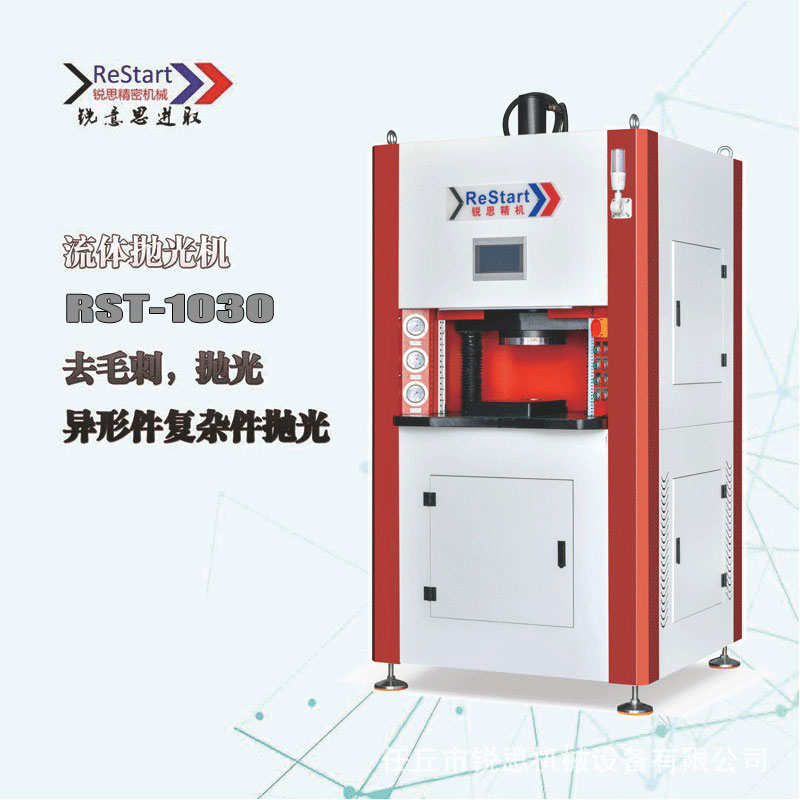Products
polishing machine
Five Advantages Of Products
- Remove burrs from irregular holes
- cost saving
- RA0.1
- specular reflection
- quality guarantee
Product Details
Adaptability to Complex Geometries
Advantage: Utilizes the fluidity of media (e.g., abrasive slurry, elastic abrasive tools) to precisely polish intricate structures such as narrow gaps, microholes, and curved surfaces that are inaccessible to traditional mechanical polishing.
Applications: Ideal for turbine blades, mold cavities, medical devices, and other precision components, eliminating polishing blind spots caused by complex geometries.
High Precision and Uniformity
Nanoscale Polishing: Achieves sub-micron or even nanoscale surface roughness (Ra values as low as 0.01 μm) by controlling fluid pressure and abrasive particle size.
Stress-Free Processing: Non-contact polishing minimizes mechanical stress, avoiding workpiece deformation or micro-cracks, especially critical for brittle materials (e.g., ceramics, optical glass).
Broad Material Compatibility
Materials: Suitable for metals (aluminum, titanium alloys), hard alloys, ceramics, composites, and soft materials (e.g., copper, plastics) requiring fine polishing.
Examples: Deburring semiconductor wafers or 3D-printed metal parts without surface scratches caused by traditional tools.
High Efficiency and Automation
Batch Processing: Handles multiple workpieces simultaneously, integrated with automation systems (e.g., robotic loading/unloading) for continuous production, boosting efficiency by several times compared to manual methods.
Process Stability: Digitally controlled parameters (pressure, flow rate, abrasive concentration) ensure batch consistency and reduce human error.
Environmental and Economic Benefits
Eco-Friendly: Closed-loop systems minimize abrasive waste and eliminate dust pollution, complying with regulations like RoHS and ISO 14001.
Cost Savings: Lower long-term consumable costs (e.g., abrasives) compared to frequent replacement of traditional polishing tools, with simplified maintenance.
Enhanced Functional Performance
Surface Properties: Reduced roughness decreases friction and wear, extending component lifespan (e.g., hydraulic valves, bearings).
Functional Requirements: Optical mirror polishing improves light reflectivity, while medical implant polishing reduces bacterial adhesion risks.
Technological Scalability
Hybrid Processes: Combines with other techniques (e.g., electrochemical polishing, ultrasonic assistance) for superior surface quality.
Smart Manufacturing: Integrates sensors for real-time surface monitoring and adaptive adjustments, aligning with Industry 4.0 standards. Key Application Areas High-Tech Industries: Aerospace engine components, semiconductor molds, artificial joint polishing. Consumer Sectors: Automotive fuel injectors, watch gears, 3C electronics (e.g., smartphone frame mirror finishing).
Comparison with Traditional Polishing
Criteria Fluid Polishing Mechanical Polishing
Complex Geometry No dead angles Tool accessibility-dependent
Surface Uniformity Scratch-free consistency Tool marks likely
Material Damage Risk Non-contact Risk of stress deformation
Automation Potential High Relies on manual expertise
Summary
Fluid polishing machines, with their flexibility, precision, and eco-friendliness, are increasingly replacing traditional methods,
particularly in high-value sectors like renewable energy and biomedical manufacturing. Their technical advantagesenhanced
surface quality, complex geometry handling, and cost efficiency-significan
Guangzhou Fantu trading co.,ltd
Contact Person: Nancy
Telephone: +86 13925549297
Landline: +86 13925549297
Company Address: 143 Jinju Jinrong Street, Dalingshan Town, Dongguan City, Guangdong Province
Website: www.fantutrading.com
Previous: Abrasive fluid polishing machine
Next: No

